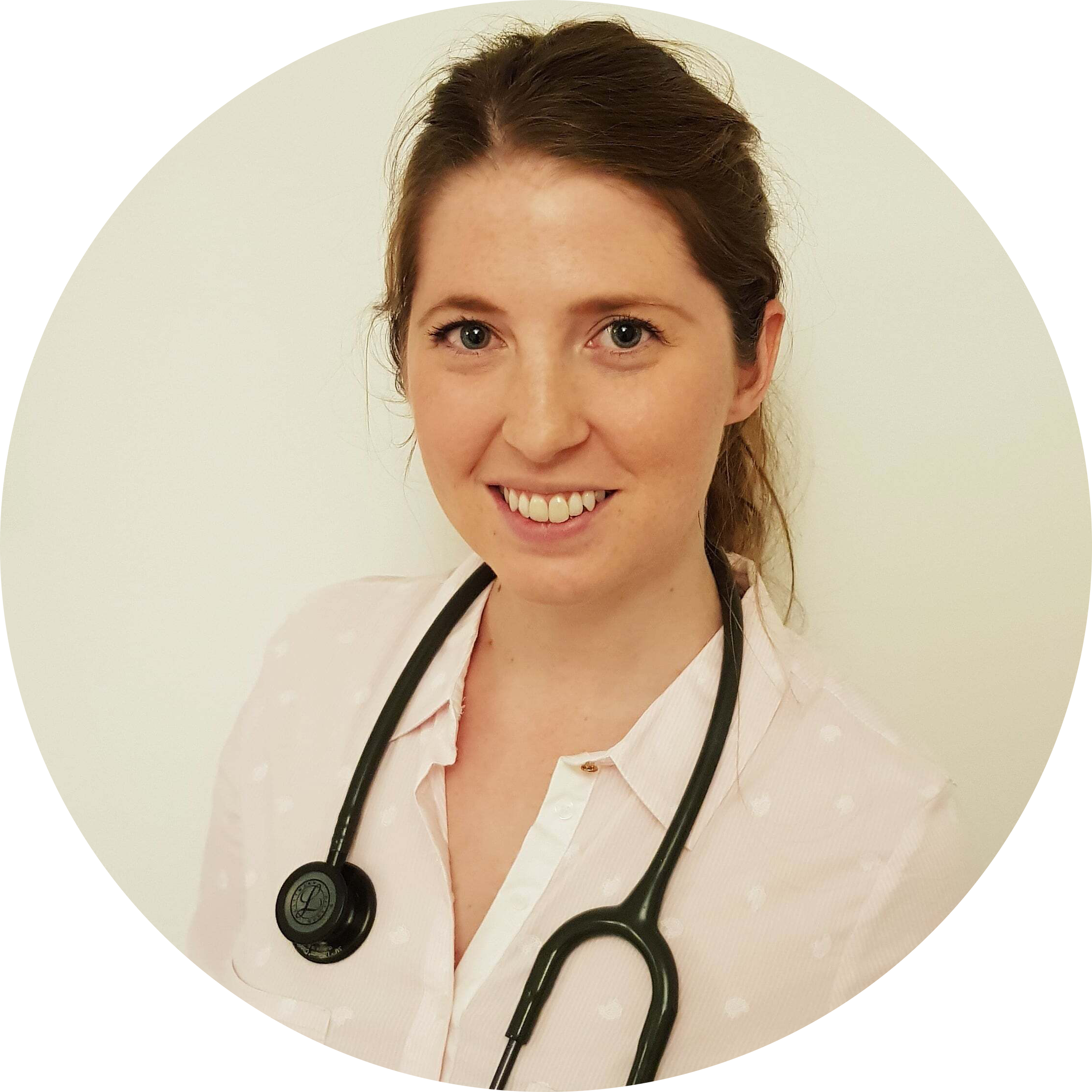Breast cancer
Reviewed by:
Dr Rhianna McClymont
, Lead GP at Livi
Breast cancer is the most common UK cancer. There’s a good chance of recovery if diagnosed early. Find out about risk factors, symptoms, and treatments.

What is breast cancer?
Breast cancer is cancer that begins in the tissue of the breast.
Like other types of cancer, breast cancer develops when a cell in the body stops working properly. It starts making more abnormal cells which eventually form into a lump or tumour.
Most breast lumps are not cancer. If the lump is benign (non-cancerous), like a cyst, the lump won’t spread anywhere else in the body.
If it’s cancer, it may spread into tissue nearby. It may also spread elsewhere in the body, which is called secondary cancer.
Risk factors for breast cancer
Although breast cancer can develop for no reason, there are some factors that may increase the risk, including:
Age - Most cases develop in women over 50, but it can affect younger women too. It’s rare in women under 30
A previous breast cancer diagnosis
Having a close relative who’s been diagnosed with breast cancer before
Having had a benign (non-cancerous) breast lump before
Being overweight
Drinking alcohol
How to check for breast cancer
It’s a good idea to regularly check your breasts to know what’s ‘normal’ for you at different times of the month. Your breasts may vary depending on where you are in your menstrual cycle. They may feel lumpier and more tender around the time of your period, for example.
When you’re checking yourself, run your hand over your breasts and armpit, working up to the collarbone. Some women find it easier to do this with a soapy hand when they’re in the shower or bath.
You could look at your breasts in a mirror to check for any visible changes, both with your arms down and raised in the air.
Breast cancer symptoms
One of the first signs of breast cancer noticed can be a lump in the breast, or thickened breast tissue.
If you notice any of these other possible breast cancer symptoms, talk to a doctor:
Changes to the shape or size of your breast, like swelling in all or part of the breast
Dimpling or puckering of the skin of the breast
A swelling or lump in either armpit
Your nipple starts turning inwards, or changes in any other way
An eczema-like rash on your nipple
Discharge or bleeding from your nipple
Breast cancer diagnosis
The GP may refer you to a specialist breast cancer clinic, where the team will ask questions and do some tests. They may take a picture of your breast with a mammogram (an X-ray) or an ultrasound (which uses sound waves). You may have a biopsy, which means that some cells or tissue from your breast will be removed and checked for cancer cells.
Types of breast cancer
There are several types of breast cancer. They’re known as either non-invasive or invasive.
Non-invasive breast cancer - This is also known as carcinoma in situ. It’s when the cancer is still within the ducts of the breast and hasn’t spread out into the breast tissue. It doesn’t usually show as a breast lump and is most often picked up by a mammogram (a breast X-ray).
Invasive breast cancer - This is the most diagnosed type of breast cancer. It’s when a tumour has grown from the ducts into the surrounding breast tissue.
There are some other less common types of breast cancer:
Invasive lobular breast cancer
Inflammatory breast cancer
Paget’s disease of the breast
Breast cancer treatment
After diagnosing breast cancer, doctors give it a ‘stage’ and ‘grade’. The stage describes the size of the cancer and whether it’s spread. The grade gives an idea of how slowly or quickly it may grow. This information helps doctors decide on the best treatment plan.
The first common step is an operation to remove the cancer. Then there may be other treatments to reduce the chances of the cancer returning, like:
Radiotherapy
Hormonal therapy
Chemotherapy
Targeted therapy drugs
What is secondary breast cancer?
Sometimes breast cancer can spread to other parts of the body through the blood or lymph nodes. This is called secondary breast cancer or metastasis.
Secondary breast cancer can’t be cured, but with treatment, it can be controlled – sometimes for many years.
Preventing breast cancer
Although there’s no certain way of avoiding breast cancer, there are some lifestyle factors which may reduce your risk, like:
Staying at a healthy weight, particularly if you’ve been through menopause
Taking regular exercise
Avoiding alcohol
Not eating too much saturated fat
Some women may have a higher risk of breast cancer because of their family history. For these women, there are some treatment options that may help reduce the risk
Breast cancer screening
If you’re aged between 50 and 70, and live in the UK, you’ll be invited to have a mammogram every three years to screen for early-stage breast cancer. If you’re in a younger age group but are at high risk, you may also be eligible for breast cancer screening.
If you notice any changes to your breasts that aren’t normal for you, talk to a doctor rather than waiting for your next screening.
- Reviewed by:
 Dr Rhianna McClymont, Lead GP at Livi
Dr Rhianna McClymont, Lead GP at Livi
